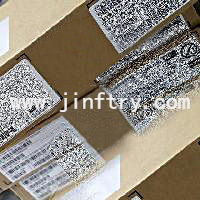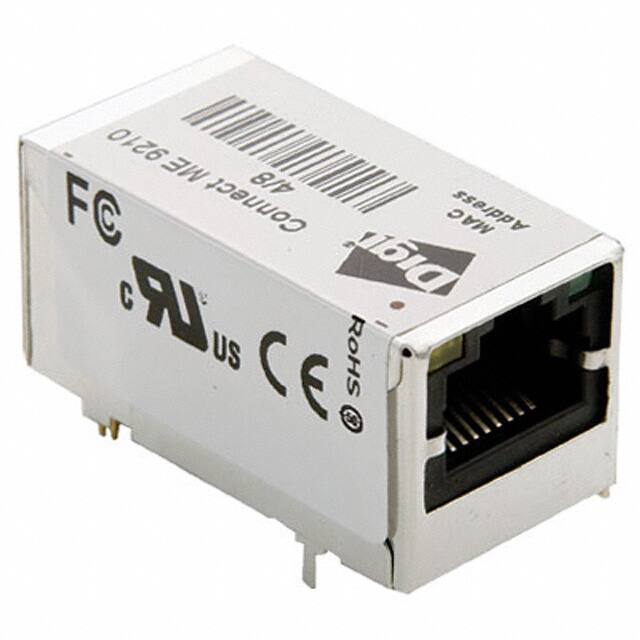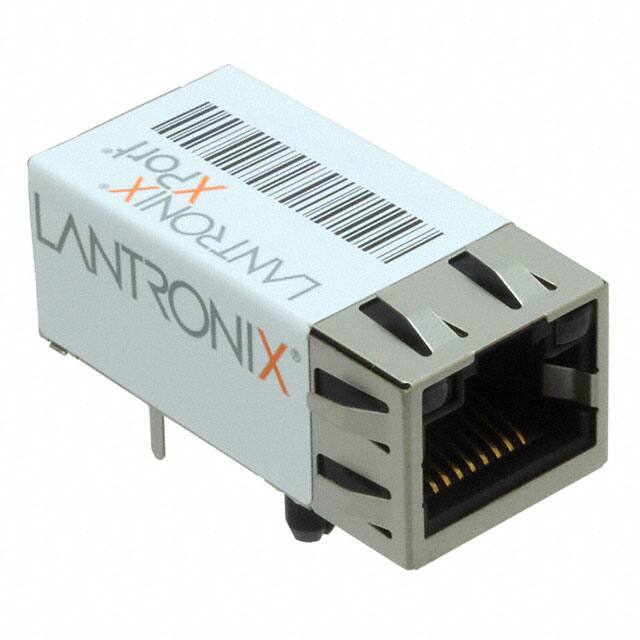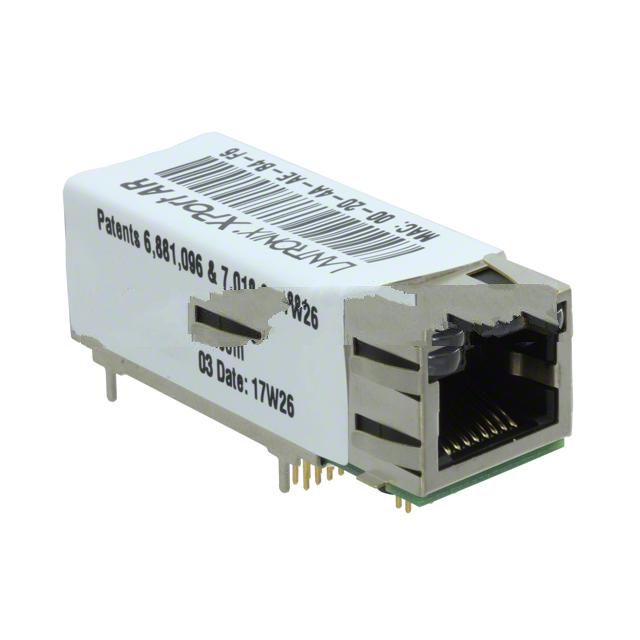Digi CC-MX-JN7A-Z1
- CC-MX-JN7A-Z1
- Digi
- CONNECTCORE I.MX6UL SOM
- Embedded - Microcontroller, Microprocessor, FPGA Modules
- CC-MX-JN7A-Z1 Datasheet
- -
- -
-
 Lead free / RoHS Compliant
Lead free / RoHS Compliant - 4252
- Spot Inventory / Athorized Dstributor / Factory Excess Stock
- 1 year quality assurance 》
- Click to get rates
| Part Number CC-MX-JN7A-Z1 |
| Category Embedded - Microcontroller, Microprocessor, FPGA Modules |
| Manufacturer Jinftry |
| Description CONNECTCORE I.MX6UL SOM |
| Package - |
| Series ConnectCore® |
| Operating Temperature -40°C ~ 85°C |
| Size / Dimension 1.14" x 1.14" (29mm x 29mm) |
| Speed 528MHz |
| Module/Board Type MPU Core |
| Core Processor ARM® Cortex®-A7 |
| Flash Size 1GB |
| RAM Size 1GB |
| Co-Processor NEON™ MPE |
| Package_case - |
CC-MX-JN7A-Z1 Guarantees



• Prompt Responsiveness
• Guaranteed Quality
• Global Access
• Competitive Market Price
• One-Stop support services of supply chain
Jinftry, Your most trustworthy component supplier, welcome to send us the inquiry, thank you!
Do you have any questions about CC-MX-JN7A-Z1 ?
Feel free to contact us:
+86-755-82518276
+8615019224070, annies65, +8615118125813
568248857, 827259012, 316249462
+8615019224070, +8615118118839, +8615118125813
( Email first will be appreciative )
Customer reviews
Digi

20-101-1195
IC MOD RABBIT 3000 44.2MHZ 1MB

CC-9P-V513-C
IC MOD RABBIT 3000 44.2MHZ 1MB

20-101-0955
IC MOD RABBIT 3000 44.2MHZ 1MB

DC-ME-Y401-C
IC MOD RABBIT 3000 44.2MHZ 1MB

CC-9P-V524-LX
IC MOD RABBIT 3000 44.2MHZ 1MB

DC-ME-Y402-JT
IC MOD RABBIT 3000 44.2MHZ 1MB

DC-EM-02T-S
IC MOD RABBIT 3000 44.2MHZ 1MB

20-101-0522
IC MOD RABBIT 3000 44.2MHZ 1MB



















